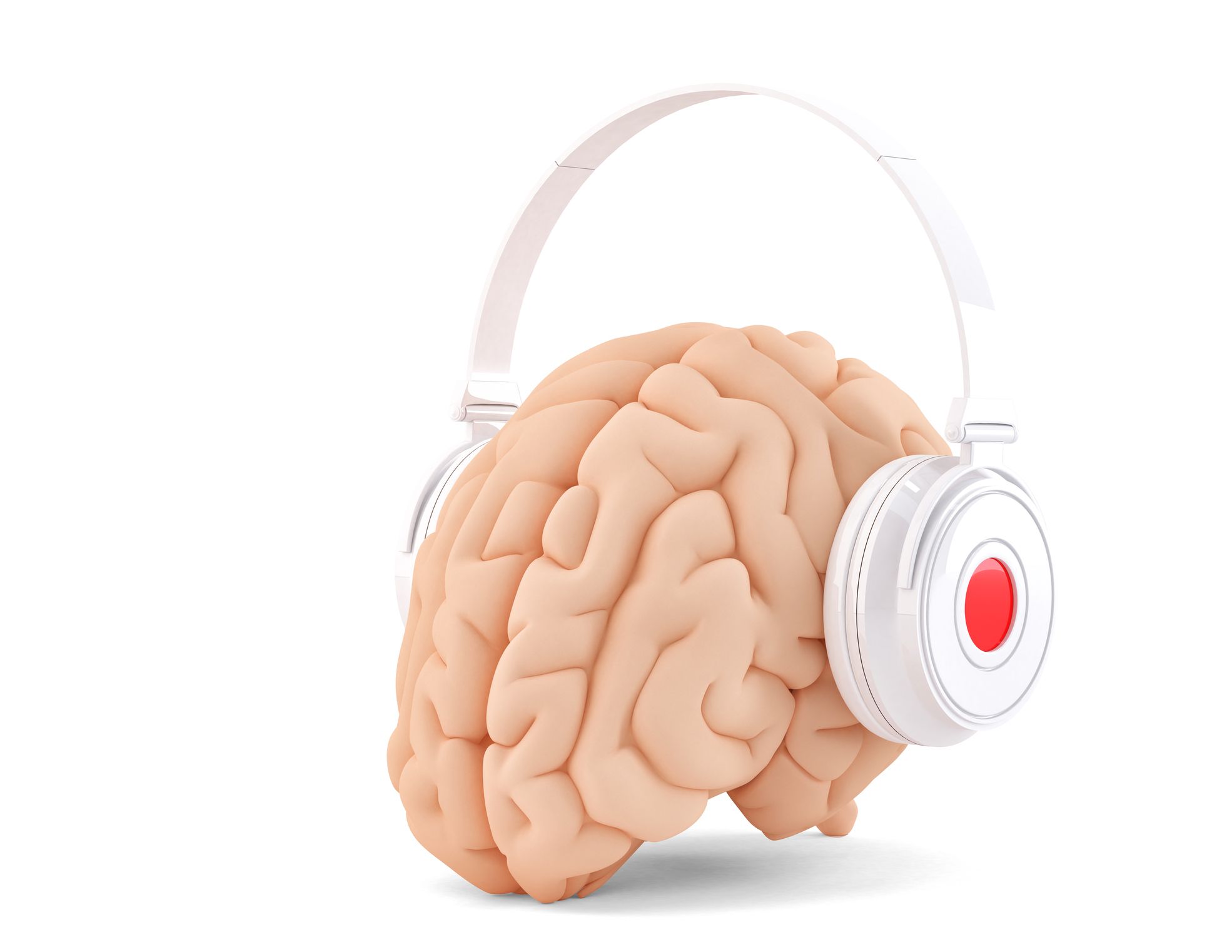
- HEARTBEAT IN THE BRAIN HOW TO
- HEARTBEAT IN THE BRAIN SKIN
This information is then directed to other parts of the nervous system for further processing. Information collected by the five senses comes into the brain to the cortex. The outer layer of the cerebrum is called the cortex (also known as "gray matter"). It's believed that some people are more "right-brained" or "left-brained" while others are more "whole-brained," meaning they use both halves of their brain to the same degree. When you're listening to music, you're using the right side. So when you're balancing your checkbook, you're using the left side.
The right side is thought to be more intuitive, creative, and subjective. The left side is considered the logical, analytical, objective side. These halves may look like mirror images of each other, but many scientists believe they have different functions: They're connected in the middle by a band of nerve fibers (the corpus callosum) that lets them communicate. The cerebrum has right and left halves, called hemispheres. These are called lobes, and there are four of them: the frontal, parietal, temporal, and occipital lobes. Specific areas of the cerebrum are in charge of processing these different types of information. The cerebrum contains the information that essentially makes you who you are: your intelligence, memory, personality, emotion, speech, and ability to feel and move. It consists of the cerebrum - the area with all the folds and grooves typically seen in pictures of the brain - as well as other structures under it. The forebrain is the largest and most complex part of the brain. The brain has three main sections: the forebrain, the midbrain, and the hindbrain. This fluid helps protect the nerve tissue, keep it healthy, and remove waste products. They're both cushioned by layers of membranes called meninges and a special fluid called cerebrospinal fluid. The brain and the spinal cord are protected by bone: the brain by the bones of the skull, and the spinal cord by a set of ring-shaped bones called vertebrae. Along the way, nerves branch out to the entire body. It extends from the lower part of the brain down through spine. The spinal cord is a long bundle of nerve tissue about 18 inches long and 1/2-inch thick. 
These give it the added surface area needed for storing the body's important information. The human brain is incredibly compact, weighing just 3 pounds.
The nerves that go through the whole body make up the peripheral nervous system. The brain and the spinal cord are the central nervous system. The nervous system is made up of the central nervous system and the peripheral nervous system: What Are the Parts of the Nervous System? Luckily, this neurological relay race happens in an instant. The brain then sends a message back telling the muscles in your hand to pull away. HEARTBEAT IN THE BRAIN SKIN
For example, if you touch a hot stove, the nerves in your skin shoot a message of pain to your brain.

HEARTBEAT IN THE BRAIN HOW TO
When a message comes into the brain from anywhere in the body, the brain tells the body how to react.






 0 kommentar(er)
0 kommentar(er)
